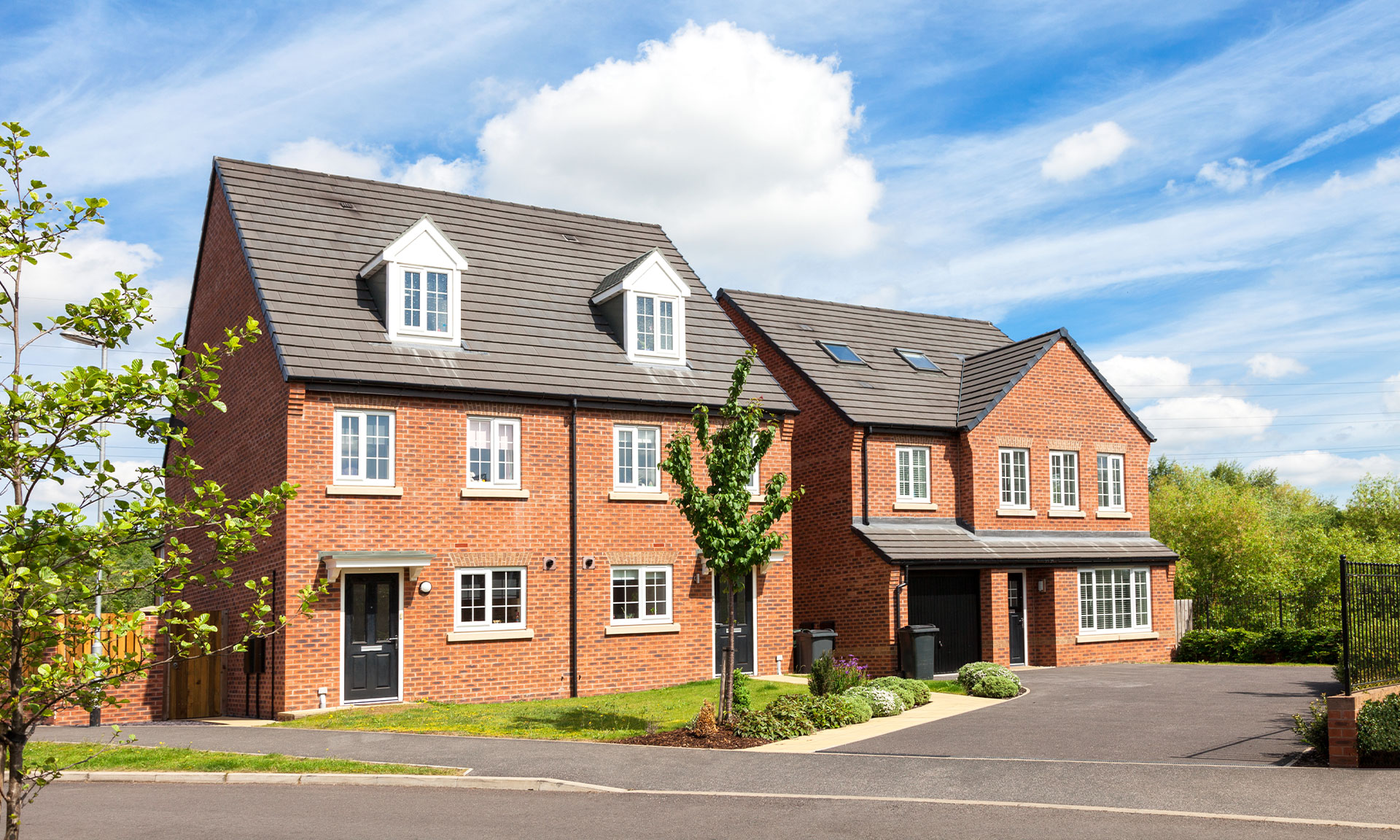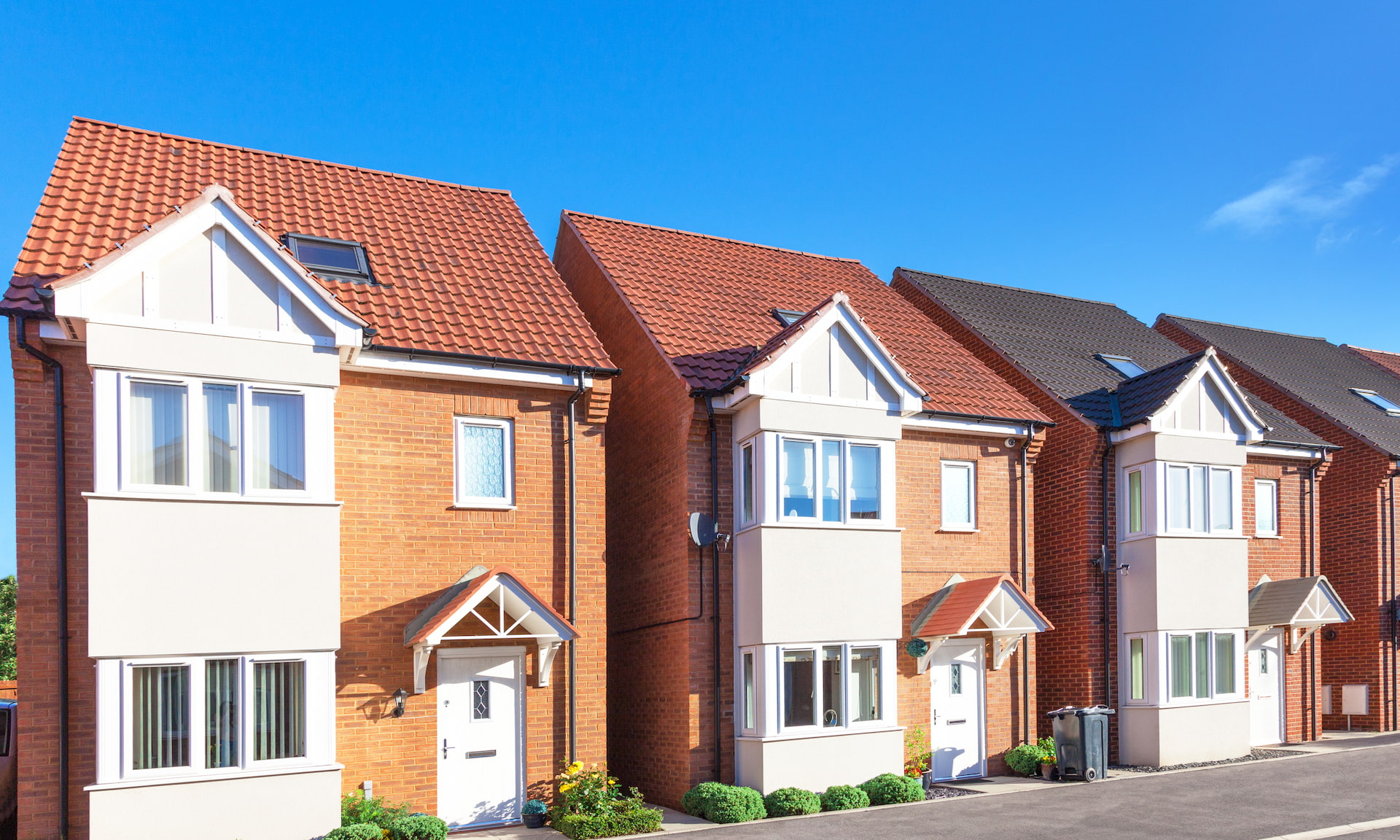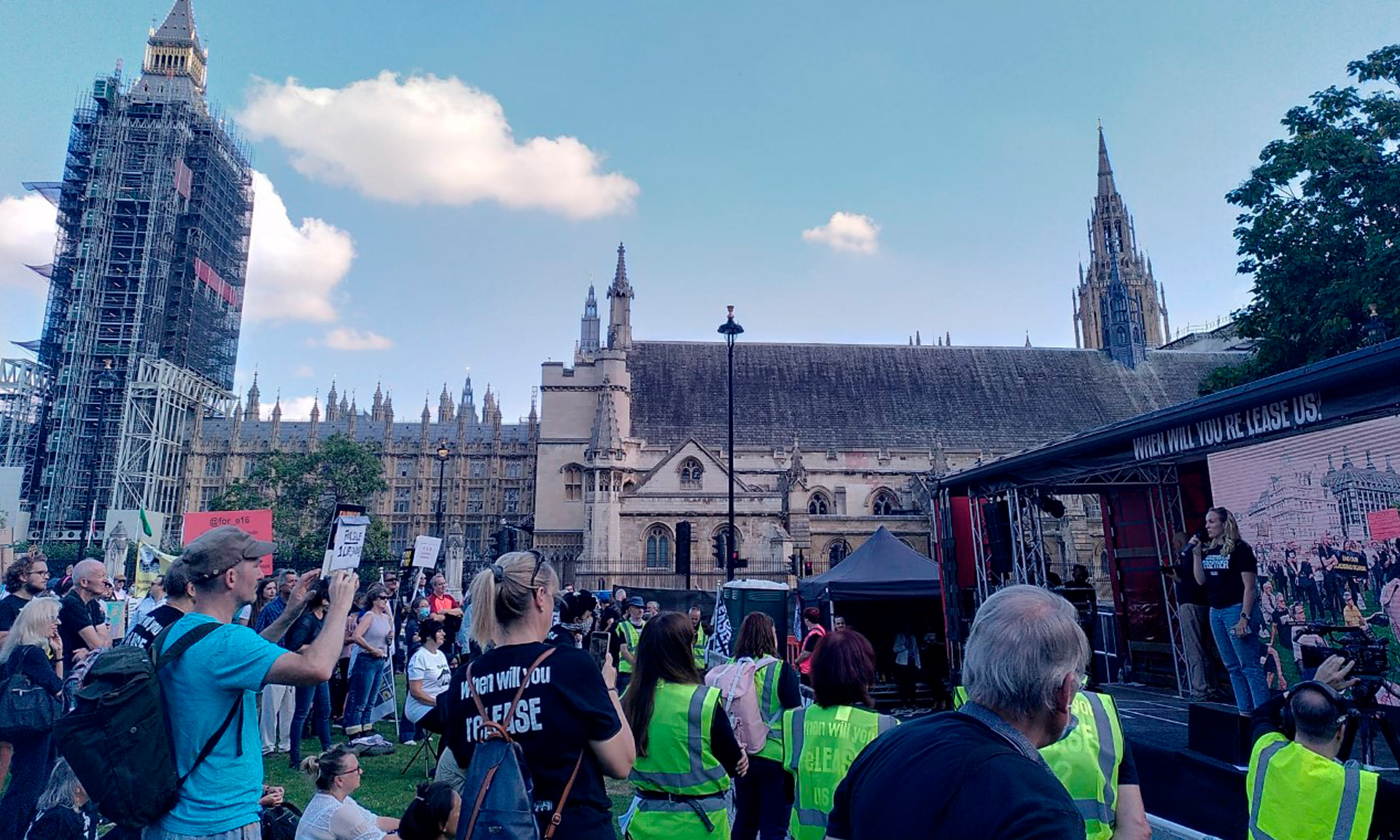
More than 240,000 first-time buyers have bought a home using the government’s Help to Buy scheme, but will its upcoming overhaul prove to be a help or a hindrance for people looking to get on to the property ladder?
From April, the government will introduce price caps on its long-running housing scheme, but critics have suggested these could affect the number of Help to Buy homes built and sold in the future.
Here, Which? analyses the upcoming changes to Help to Buy and explains how to apply to buy a home using the scheme.
What is Help to Buy?
The government launched the Help to Buy equity loan scheme in April 2013.
It allows first-time buyers and home movers in England to benefit from a 20% equity loan (40% in London) on a new-build home, allowing them to buy with a 5% deposit. Equity loans are provided interest-free for five years.
So far, 291,903 homes have been bought using Help to Buy, with 240,083 (82%) going to first-time buyers. But the scheme is set to be overhauled from 1 April.
What’s changing from April?
From 1 April, the Help to Buy scheme will be restricted to first-time buyers only, and regional price caps will be put in place to limit how much homes can be sold for.
These caps are set at 1.5 times the average price paid by first-time buyers in each region, as of Autumn 2018. The maximum prices are as follows:
| Region | Maximum price |
| North East | £186,100 |
| North West | £224,400 |
| Yorkshire & The Humber | £228,100 |
| West Midlands | £255,600 |
| East Midlands | £261,900 |
| South West | £349,000 |
| East of England | £407,400 |
| South East | £437,600 |
| London | £600,000 |
Why is Help to Buy being overhauled?
There have long been concerns over the prices of homes sold under the Help to Buy scheme, which have soared since its inception in 2013.
Last year, Which? revealed that more than 5,000 Help to Buy properties had been resold at a loss, despite overall house prices rising significantly during the same period.
The scheme has also been accused of boosting the borrowing power of people who could have afforded to buy a home on the open market, rather than prioritising those who needed extra help.
The government’s most recent data shows that 30% of Help to Buy users to date have had an average household income of £60,000 or more, with 12% having incomes of more than £80,000.
Will developers build homes under the new scheme?
When the government announced the upcoming price caps in Autumn 2018, it faced criticism for setting the figures more than two years before they would come into force.
Developers and estate agents expressed concerns that if house prices rose significantly in the interim, this would then affect the number of homes built under the new version of the scheme.
As it happens, prices haven’t soared in the last couple of years, and caps set in 2018 remain well above the average prices paid by first-time buyers in all regions, as shown in the chart below.
To date, there are no signs that the biggest house builders will shy away from the new version of Help to Buy.
We visited the websites of the five developers with the most Help to Buy sales (according to a report by the National Audit Office) and found that Persimmon, Barratt, Taylor Wimpey, Bellway and Redrow were all already advertising homes to be sold under the new scheme.
How do I find a Help to Buy home?
There are a number of ways you can find Help to Buy properties in your area.
Can I already apply for the new scheme?
Applications for the new iteration of Help to Buy opened on 16 December, meaning it’s already possible to reserve a new home under the scheme – though you won’t be able to complete and move in before 1 April.
You can find full step-by-step details of how to apply for Help to Buy in our story from December.
Alternatives to Help to Buy
Help to Buy has been incredibly popular over the last eight years, but there are some other options available for first-time buyers.
Help to Buy around the UK
Until recently, Help to Buy schemes were in operation in both Scotland and Wales.
The Scottish scheme closed to new applicants earlier this month. First-time buyers in Scotland can still benefit from the government’s First Home Fund and Low-cost Initiative for First Time Buyers.
Help to Buy Wales is still in operation. It offers a 20% equity loan to first-time buyers and home movers buying new-build properties priced up to £300,000. Find out more in our full guide to Help to Buy Wales.



